What a Bunch of Interesting Humans Are Reading This Summer/Fall Purgatory
Summer doesn't officially end until September 22. Here's what to read before then.
byGina Mei
Whether or not it’s factually true, I have always been of the belief that September feels like the hottest month of the year. This could be because I live in Los Angeles, where there is rarely a meaningful difference in weather once we cross the threshold of August. (A problem that only gets worse each year.) Or maybe it’s just some latent, adolescent part of my brain that associates September with school and, therefore, with fall, thus making the heat feel like a punishment—the sun taunting me, the same 80-degree day sitting differently with my body than it did in July.
Either way, early September has always felt like purgatory to me; and while I like summer just fine, come September 1, I often forget it isn’t technically over yet: This year, the fall equinox begins on September 22—another three weeks away. With that in mind, I asked a few cool folks to tell us what they’re reading until then. (But I think it’s a list worth devouring year-round.)
—G.M.
~
Autobiography of Red by Anne Carson
This is my favorite book to bring to the beach. Many books have tackled reimaginings of the classics, and it’s been interesting to see a hearty subgenre emerge within that category of same-sex romance. But for me, Anne Carson did it best with this poetic take on one of the labors of Heracles: Instead of slaying the red monster Geryon, he breaks his heart.
The story is told from Geryon’s perspective. He is soft, sensitive, and insecure. So, you know. Gay. I found that relatable to begin with. The most beautiful parts to me are the passing mentions of Geryon’s wings, which exist, but most people don’t seem to pay much mind to. Love, flight, Greek mythology, being different, the erotic—it’s all here, rendered so splendidly and with such tenderness. It’s an incredibly quick read. It will only take you an afternoon or so to fall in love.
— J.P. Brammer

I’m a bit burned out on media about women in their early 20s living their messiest lives—but when I started Sarah Thankam Mathew’s debut, I felt excited by its fresh approach. In a coming-of-age that considers capitalism, queerness, and cultural identity, recent graduate Sneha lands in Milwaukee during the Great Recession thanks to a corporate job that offers free rent and enough money to support her family in India. As funny as she is frustrating, with that naive mix of knowing nothing but believing everything deeply, I saw a lot of my younger self in Sneha, and I appreciated the chance to spend a rainy weekend in the world of her and friends, knowing I’d return to the stability of my late 20s after I finished it.
—Bettina Makalintal
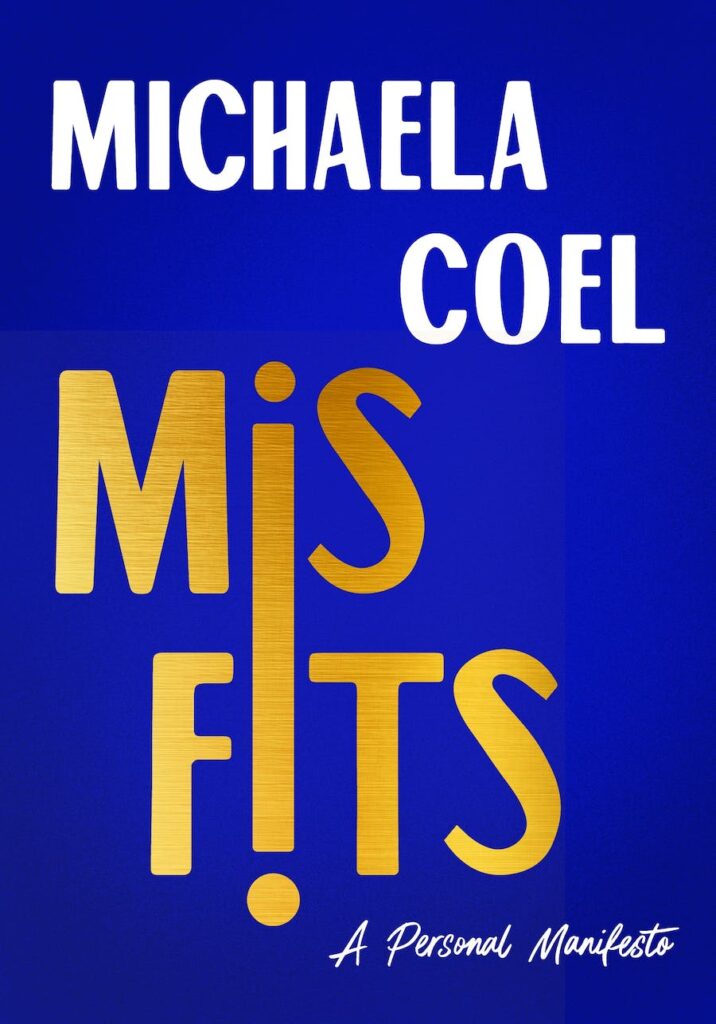
Personally, summer tends to either be a blossoming time of creativity, or I feel like a raisin withering on a vine. The fact that I’ve mostly spent the summer reading screenwriting guides, I can say this one was the former. One memoir has become the center of my practice, however: Misfits: A Personal Manifesto by Michaela Coel. A quick read, Misfits refuses to sit firmly in any genre. Coel shares stories from her life, explores her creative ambitions, and provides guidance for Black people trying to survive in the entertainment industry. Reading about Coel’s process and life has inspired my own work and the risks I take.
—Ashley Ray
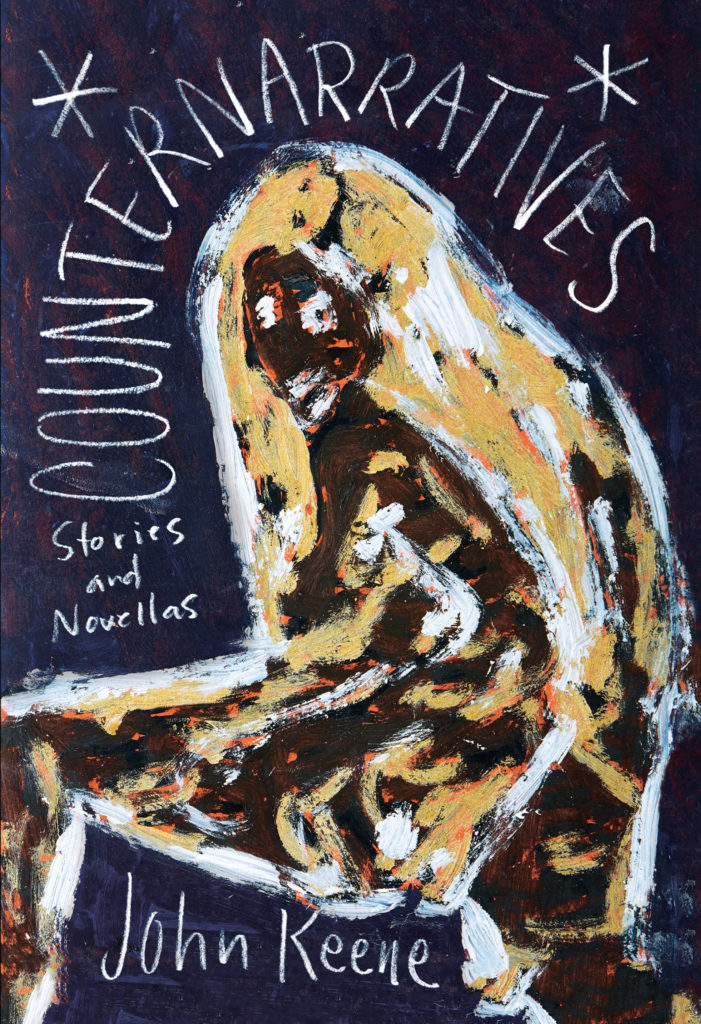
The linked stories in John Keene’s Counternarratives took me a month to read and will take years, I’m sure, to weave through my thinking. This is the kind of book that makes me return to what Toni Morrison and Stephanie Smallwood have said about imaginative literature as a necessary part of the history of slavery (and, I would add, indigenous genocide and survival). How else? In these pieces of the quilt we have an interior monologue from Huck Finn’s Jim (who now belongs to himself), we have a deckhand from Hispaniola on the uncolonized shores of Manhattan, we have conversos in 17th century Brazil. We have Langston Hughes in bed with his translator, Xavier Villaurrutia. We have so many forms and their wild reformations. I was already a fan after reading John Keene’s experimental memoir Annotations, but now he’s a top five fave.
— Carina del Valle Schorske
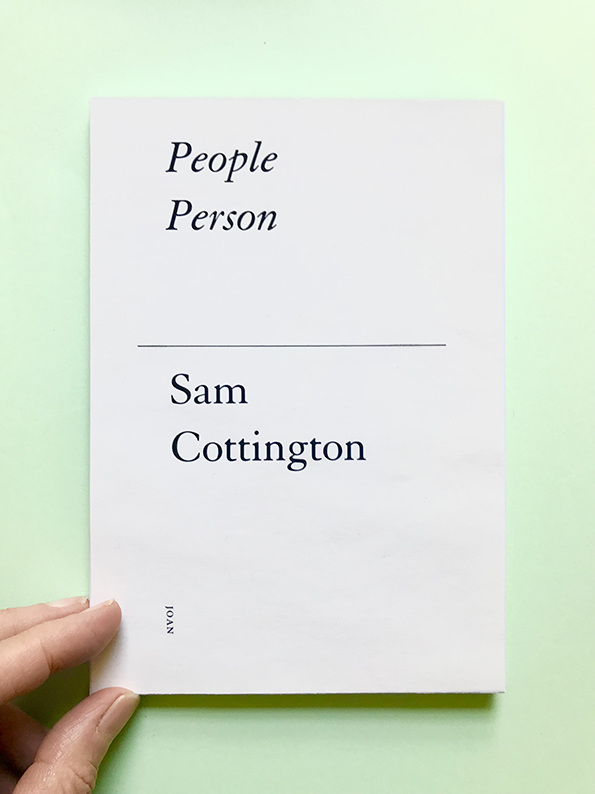
I find summers to be catastrophic for reading, but recently it’s been a nice salve. Mostly I have a hard time reading when it’s too hot, and of course, the world is the hottest it’s ever been. The heat in Toronto has broken just a touch, so I can sit in the shade and finally enjoy a few pages. I’m very lucky to be able to get sent novels all the time, and recently I’ve been reading the novella by Sam Cottington, People Person, and Allie Rowbottom’s new novel Aesthetica. If you know me, I am always buying out of print books and trying to find certain titles. I just got the novelization of the film The Way We Were by Arthur Laurents. I think the story of The Way We Were is one of the best portrayals of romance, ever! I’m hoping reading the novel will be instructive…
—Marlowe Granados
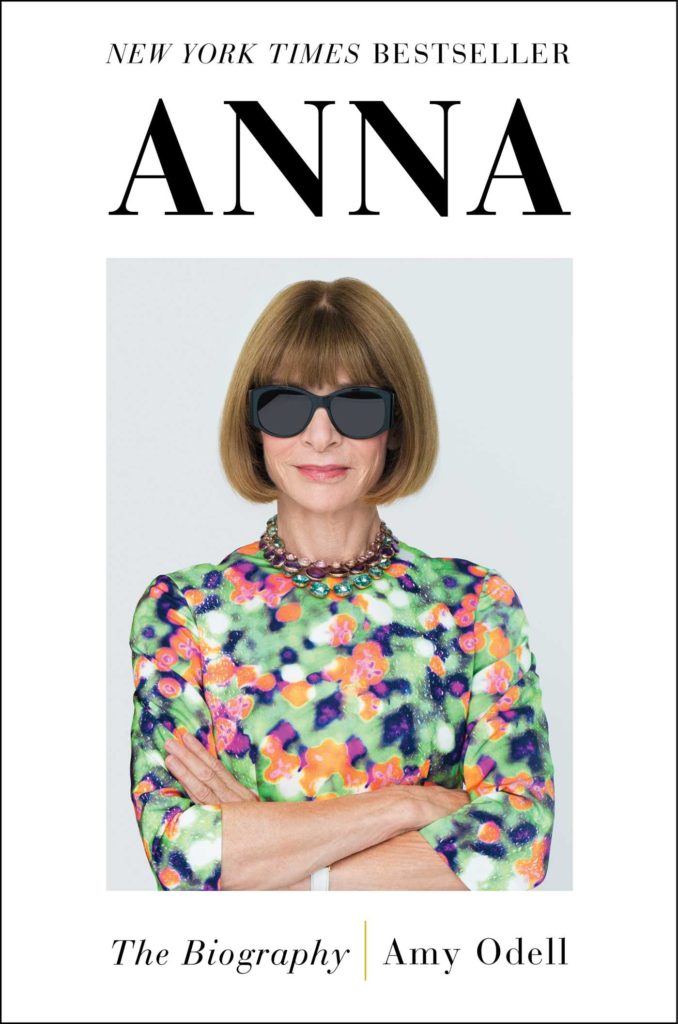
When I think biography, I think dense. I was delighted to find Odell’s bio of Vogue Editor-In-Chief Anna Wintour to be the opposite. It flows nimbly through decades of media, culture, and fashion history, all told through the lens of one powerful, embattled, iconic, often deeply contradictory woman. Perhaps most impressive is that despite Wintour’s fame, Odell manages to neither valorize nor villainize the notorious editor. Her reporting is fair, the book’s voice compelling. It’s a fascinating look behind the scenes of what makes Wintour a powerhouse—the privilege, the skills, and above all the survival instincts that may make or break her in the years to come.
—Alanna Bennett
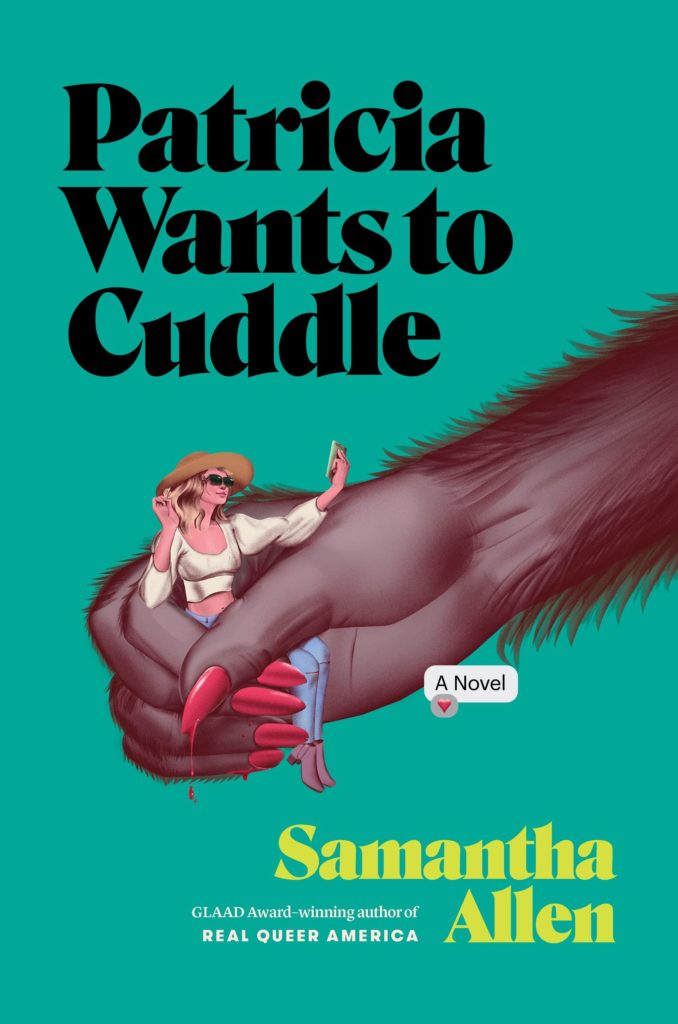
I just finished reading Samantha Allen’s Patricia Wants to Cuddle, a novel that somehow manages to pack horror, queer romance, and comedy elements all in one book, perfect for readers who love reality dating shows (whether ironically or not). This fun read follows the contestants—and producers—of a Bachelor-like reality show called The Catch as their experience filming on a remote island in the Pacific Northwest turns more Stephen King than Nora Ephron, all because of an uninvited guest lurking in the background. The relationships between the women vying for the attention of the titular “Catch” created legitimate laugh-out-loud moments, only to be followed by suspenseful twists and turns that kept me turning the page. Those who watch reality TV will truly appreciate the way Allen has written these characters, though you don’t have to be a devotee of dating shows to appreciate this book. It’s honestly just so much fun, and a great summer read.
—Rosemary Donahue
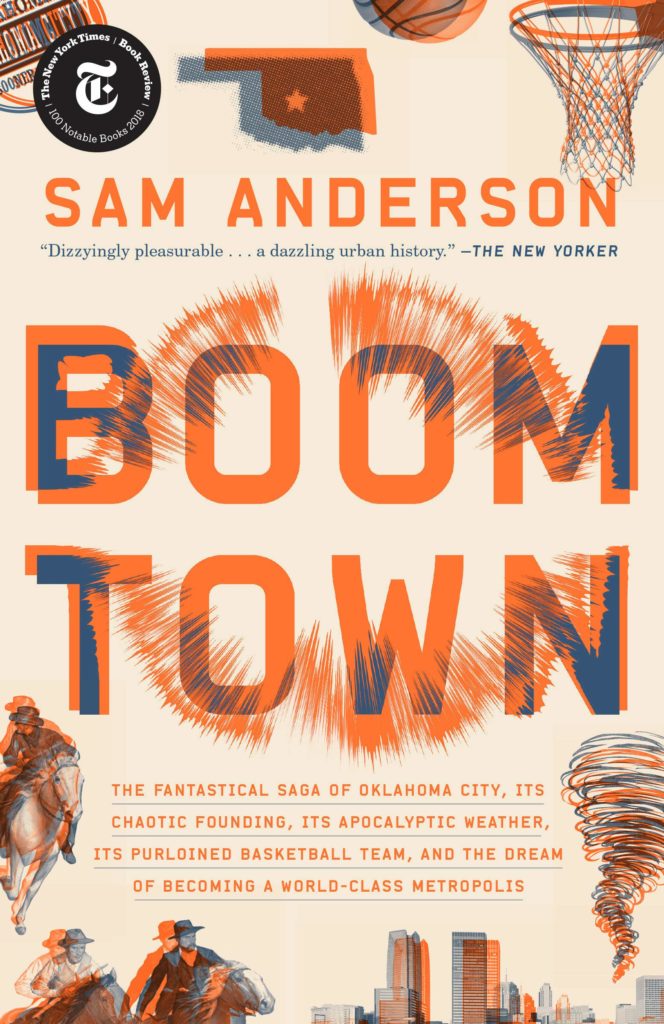
I must start off this recommendation by admitting that I am not a sports guy in any sense of the word; as a Philadelphian, I will defend the Birds and all of our other rambunctious sports teams until my dying breath, but that is only because to do otherwise would be deeply unwise in terms of my personal safety (and would severely piss off my neighbors, who own a meat smoker and like to share its bounty). However, Sam Anderson’s sprawling, ingenious, lovingly crafted narrative nonfiction debut about Oklahoma City, its messy frontier history, and its oft-beleaguered basketball team not only got me to care about sports, it made me want to look up the (living, breathing, balling) characters in his book to find out more about them. It scratched my eternal itch to learn about places that seem overlooked and written off, the way that Oklahoma City and its Midwestern brethren often are; it made me consider listening to the Flaming Lips, and taught me a hell of a lot about tornados and the benign cult of the local weatherman. I really cannot recommend it highly enough. Even if you do not care about any of the things I’ve listed here, trust me—Sam Anderson will change that, and teach you a thing or two besides.
—Kim Kelly

A cult book is a bit like a cat, in that it has many lives, and you never know when you might encounter it. For Imogen Binnie’s Nevada—a squirrely novel about a slacker named Maria—a close friend told me it was absolutely her favorite book, then emailed me a PDF. I read it quickly, as one tends to do with anything on their computer screen, and found it to be the rare, actually-funny New York novel, more possessed by the grime of the city than its glitz. But it’s the book’s surprising second act that takes place in the state of—well, you can guess—and the way it swerves past the obvious ending that has stayed with me.
Nevada was reissued this summer by FSG, giving it a new audience and me a reason to read it again. This time, as a handsome paperback, I told myself I would consume it more slowly. No such luck. The book is too funny! I read the whole thing in a single afternoon at the park.
— Kevin Nguyen
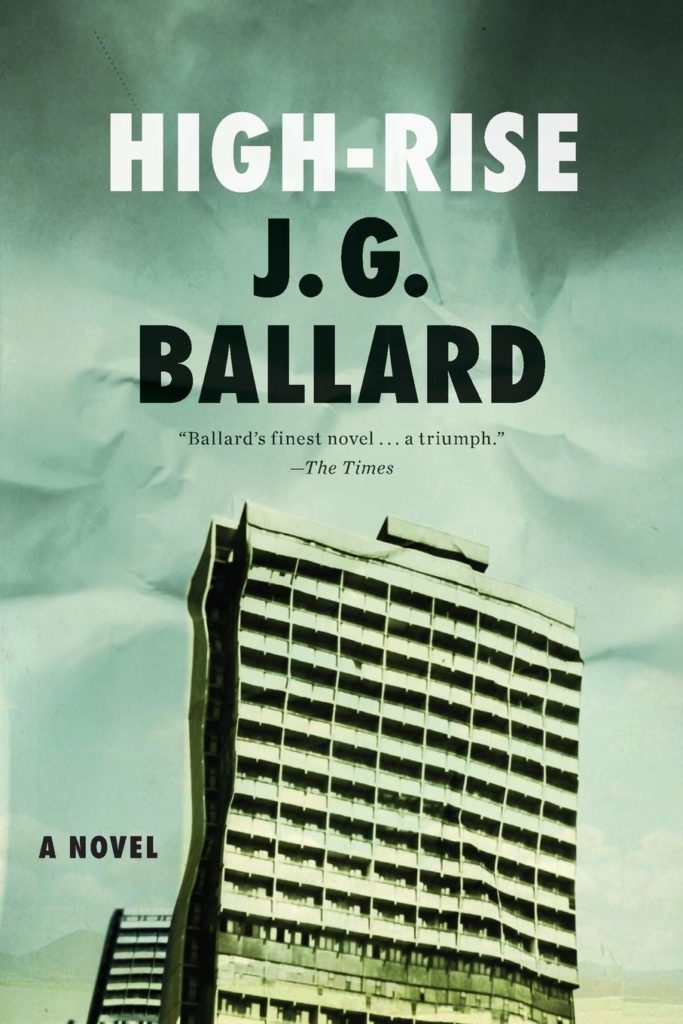
I just re-read J.G. Ballard’s 1975 novel High-Rise. As the story opens, a hyper-modern tower block welcomes its new tenants. The building offers them every imaginable convenience, from an onsite supermarket and swimming pool to automatic trash chutes and a rooftop children’s garden. Well-heeled women walk pedigreed poodles across the building’s pristine elevator concourses. By the end of the novel their feral husbands are hunting those same dogs for food and roasting them on improvised spits over pyres of burning furniture. The housewives, themselves, have turned to cannibalism. The most alarming thing about this calamitous fall is that absolutely everyone in the building sees it coming—which makes this novel an unsettling read in the early days of our climate apocalypse. It’s easy to call Ballard prophetic, but he was just attuned to the human subconscious and fascinated by the ways in which our desires could be set loose by architecture and technology. In High-Rise, the building itself gives shape to the worst of humanity. I can only hope we imagine some new shapes to avoid such a fate ourselves.
— Claire L. Evans
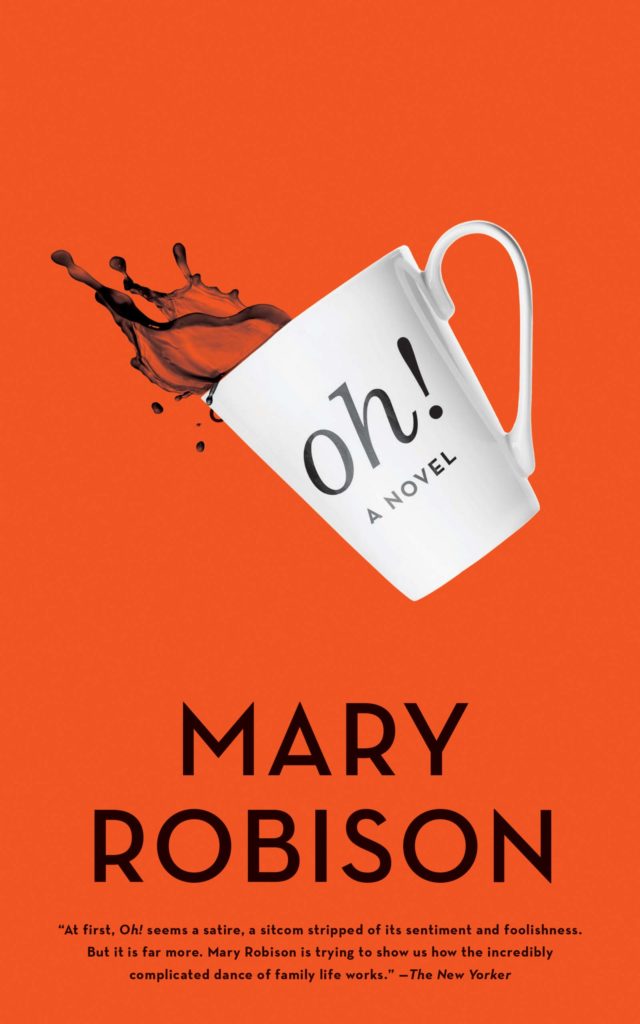
I believe summer reading calls for books that either tap into a refreshing deep freeze or enhance the heat and entropy of the season. Mary Robison’s first novel, Oh!, mixes these effects—it’s the ice in your tea on a blazing afternoon, a pristinely funny account of a Midwestern family, the Clevelands, who seem dysfunctional to outsiders but may be living more authentically than the rest of us. Underneath the booze and bickering is a love strong enough to sustain them through the disasters that, besides the tornados, are mostly of their own making. I felt right at home.
—Miles Klee
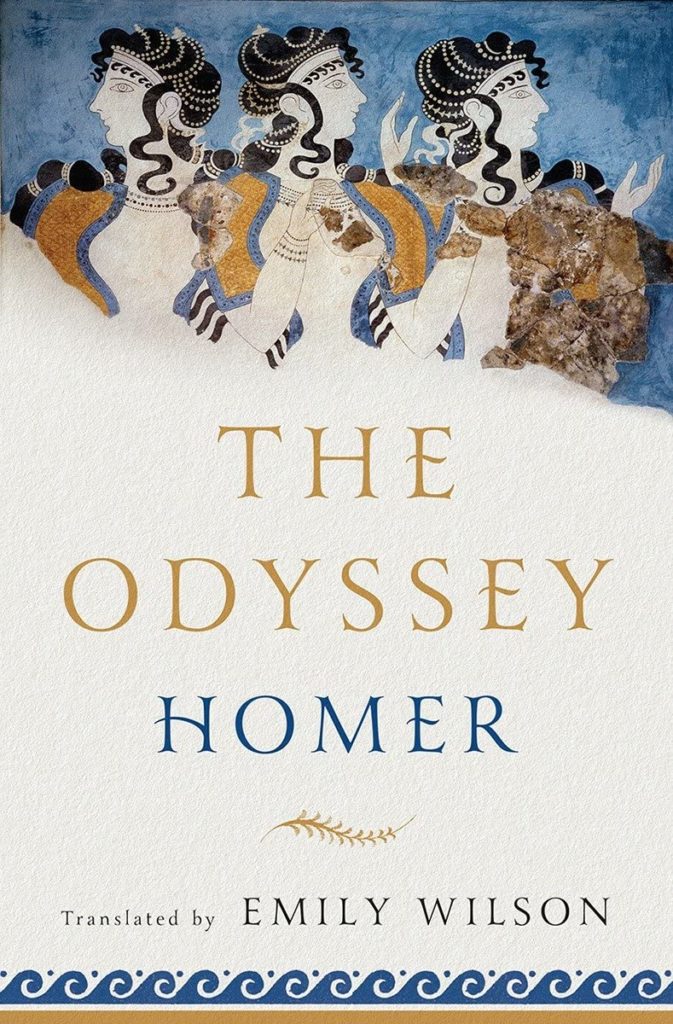
I spent the last year researching, writing, and promoting a book. It’s been transformative, exhilarating, and frankly exhausting. My goal this summer was to be as lazy as possible. My tolerance for holding a book, as well as my attention span, are at an all-time low, so I turned to audio books (yes, I realize I am decades behind!). Listening to Emily Wilson’s lively, lean, and rhythmic translation of Homer’s The Odyssey, narrated by Claire Danes, is the perfect soundtrack to lying down, on my bed or warm grass, my preferred summer activities. It’s a fun reminder of the physicality of words and storytelling, and Wilson’s accessible language lets me focus on all the human drama—like I’m eavesdropping on some hot, ancient gossip!
—Angela Garbes
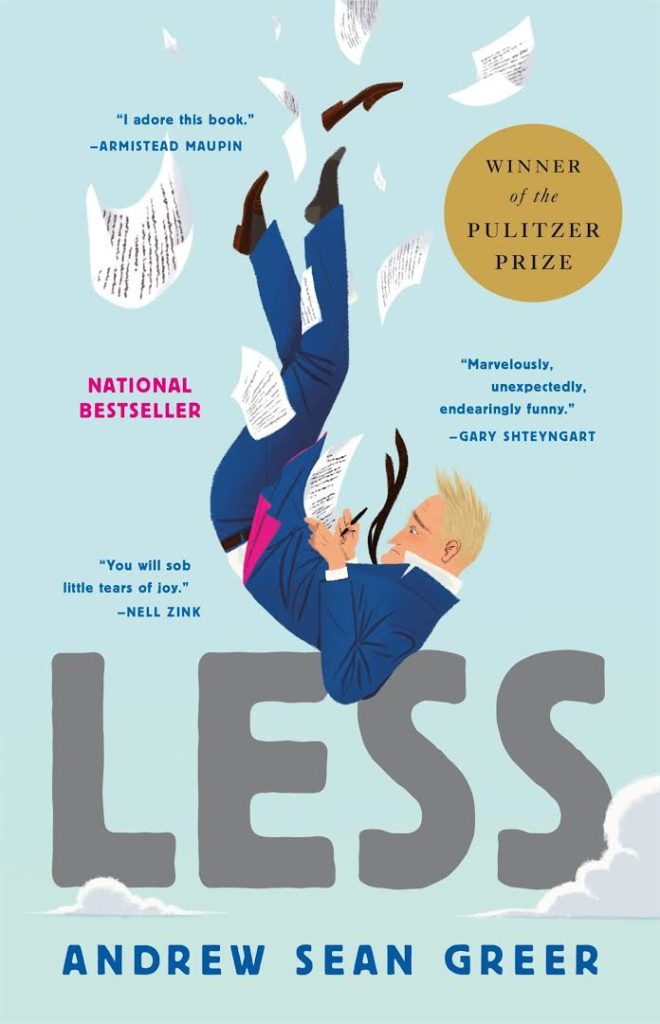
I feel like I read Andrew Sean Greer’s Less whenever I’m traveling or trying to write—which, I suppose, is all the time. The book follows Arthur Less, a “minor author” and “magniloquent spoony” pushing fifty years old, who skips his ex’s wedding by going on a round-the-world trip where he writes and teaches and meets a sparkling cast of life lessons masquerading as humans. I have four big trips this summer (Manila, London, Sewanee in Tennessee, and Tuscany; writing through all of it), so I’ve kept Greer’s Pulitzer Prize-winning baby in my carry-on this whole time. It’s been nice having a friend with me for the long layovers, for the writer’s blocks, for the reminders that this burning world is something to love.
—Matt Ortile

I regret to open my first ever blurb for this wonderful publication by triple-bypassing its single instruction and recommending a book that I actually read in the dead of winter, but I devoured The Morning Star by Karl Ove Knausgård, and you should, too. I had never read him before but, based on the man’s healthy ego and reputation for excruciating minutiae, I half expected to give up almost immediately. Instead, this haunting, imaginative, at times philosophical, and at times humorous collection of loosely interconnected stories gripped me from the first page. What can I say, Knausgård can write!
—Vanessa A. Bee

This is a book about being Vladimir Nabokov and wanting to flex with language. Some would say it’s a book about love, or that it’s a family chronicle, but really it’s Nabokov dancing giddily across the page. There’s wordplay galore, with the title itself being an example—”Ada,” the author notes, when pronounced with a “long, deep Russian a” sounds like “ardor,” and so a person can be construed as a tribulation.
There’s a plot to be traveled down, should you need one. But the point of reading the book, to me, is to remind the reader that prose can be pursued so rapturously and with such confidence. It’s a great book to read if you’re experiencing writer’s block. Watching Nabokov shape language like a master ceramicist is inspiring, if you can push past the confusing names (there are two different “Van Veen”s) and, well, the incest. There are plenty of beautiful descriptions of bugs to distract you, at least.
The whole thing also takes place on an entirely alternate Earth called Antiterra, for some reason, which to me gave the austere trappings of the book an alluring sci-fi sheen to it. It’s truly an imagination, run amok.
—J.P.B.

This new adult contemporary romance is the debut novel of the author of Love in Colour, a master of the love story. Set at a university in the UK, with an exclusively Black cast of characters, Babalola’s crafted a world with such care and attention to detail that it rises from the page to greet the reader. You are invited in, summoned to come play with some of the best romance tropes in existence (Enemies to lovers! Fake dating!), and also to bear witness to their reinvigoration.
I devoured this book beachside, taken over by rich characters who by book’s end settle into your heart like old friends. Most incisive, to me? This book is ultimately about how hard it is to open your heart: the pits that form when you fear hurting or getting hurt, and the rewards that come when you do the work to do better and be open. A tribute to the “babygirls” and “babyghels” of Babalola’s life, the novel’s a love letter to all kinds of love, not just the romantic.
—A.B.

This book is an absolute must for anyone interested in trans history, queer history, or any kind of history at all, really. In 1912, Ewan Forbes was born to an old aristocratic family in Scotland; assigned female at birth, he was nonetheless very clear about his identity from a young age, and that resolve (and his mother’s love) led him to seek out an early version of gender affirming care. All Ewan wanted was to become a family man and live a quiet, decent life; he achieved this for a while, until a grasping younger brother came knocking, and Ewan’s entire world—and identity—was turned upside down. What happened afterwards led to a pivotal, precedent-setting legal ruling that was summarily buried and kept secret for decades, until now. Ewan’s story intersects with many different moments and movements throughout his long and eventful life, and as Playdon deftly illustrates (backed up by years of intensive research), the roots of the UK’s current abysmal plague of transphobia do not run nearly as deep as its hateful proponents would like us to think. Her thrilling, warm-hearted excavation of Ewan’s life and legal battles unravels a fascinating tale that challenges modern ideas around gender, healthcare, human rights, the British legal system, and even the aristocracy. Read it.
—K.K.
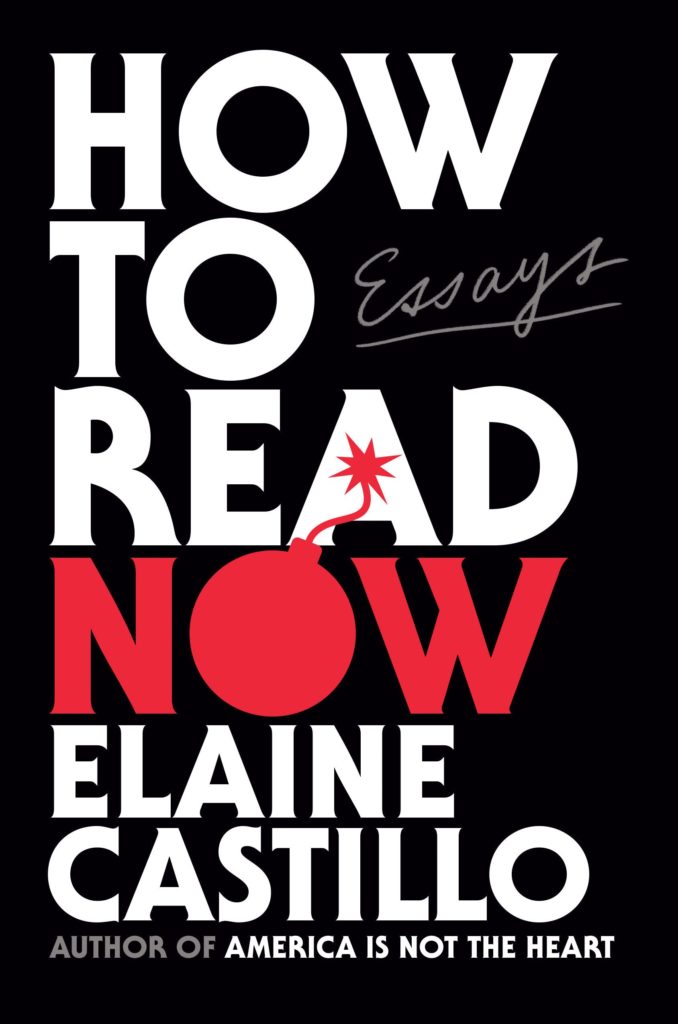
I loved Elaine Castillo’s novel, America Is Not the Heart, but I wasn’t sure what to expect from her first nonfiction release. Ostensibly a critique of reading and how we, as readers, can do it better, it sounded esoteric. But Castillo makes a strong argument that reading isn’t just for books, but also the reading of the world: the broader consideration of other people, and ourselves in relation, using topics like Joan Didion, Watchmen, and the films of Wong Kar-Wai as a lens. Her essays are so honest, funny, and sharp in their criticism that after just a few of them, I felt like some of the stuck gears in my thinking had come loose and I felt immediately motivated to write.
—B.M.

This contemporary young adult novel is a Mamma Mia remix of the finest degree—and it knows it. The book’s main character, an eager Manhattan theater kid, makes frequent reference to the musical, but somehow the novel is never bogged down by its origins. It’s a fun read, gripping and gratifying. I found myself looking forward to the end of my workday so I could keep going and find out what happens in both the novel’s winning romance and in its mystery. And here’s a non-spoiler: That end is as gratifying as you’d hope.
—A.B.
Posted in books


